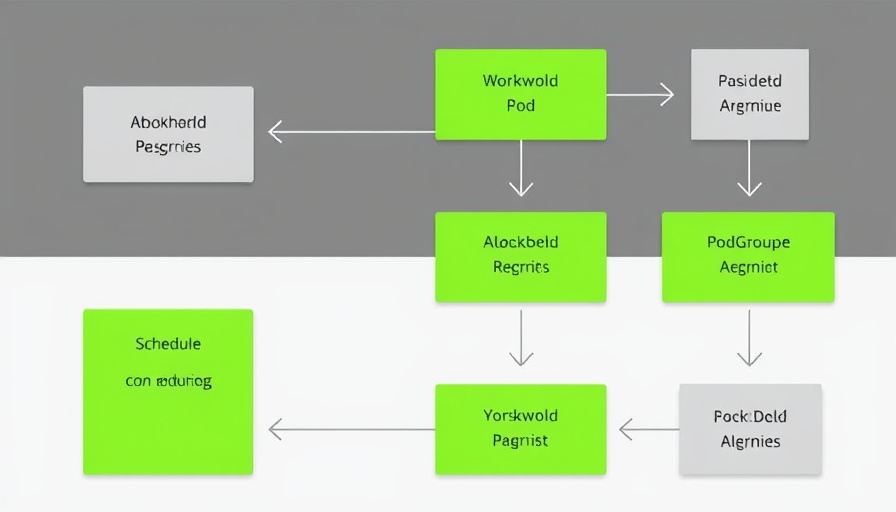
The Revolutionary Leap in AI Computing Needs
Nvidia's CEO Jensen Huang has recently made headlines by declaring that Chinese startup DeepSeek’s groundbreaking AI model, the R1, demands an astonishing 100 times more computational power than traditional AI models. This assertion challenges the common belief that newer models would be able to operate more efficiently. During an exclusive interview with Jim Cramer on CNBC, Huang explained that the R1 model is unique because it represents the first fully open-sourced reasoning AI.
What Makes the R1 Model Stand Out?
The newly unveiled R1 model gives AI the capability to reason through problems much like a human would. Unlike conventional AI that gives straightforward answers, DeepSeek's system analyzes situations step-by-step, generating multiple possible solutions and even validating them for accuracy. This process is far more complex and computationally demanding than previously expected. According to Huang, this shift is pivotal for the industry.
The Context of Computing Challenges in AI
Historically, computing power has been the lifeblood of AI development. The arrival of models emphasizing reasoning, such as R1, marks a crucial advancement. The increased need for power raises questions about the current infrastructure in the industry. As AI's applications diversify—from healthcare to robotics—companies will have to scale up their computational capabilities dramatically.
The Cascade Effect on AI Stocks
However, when DeepSeek's model was first announced, it sparked fear across the market, leading to a significant sell-off in AI stocks. This reaction highlights the volatility that can accompany breakthroughs in technology. Investors ramped up their scrutiny of companies relying heavily on AI as fears emerged regarding their ability to keep pace with new, demanding technologies.
The Future of AI: Trends and Predictions
As AI continues to advance, we can predict several relevant trends emerging from this leap. More models like DeepSeek’s R1 might soon appear, and companies will increasingly prioritize open-sourced solutions to facilitate collaboration and rapid development. Additionally, major tech companies—Nvidia included—will likely race to enhance their computing capabilities, which will escalate their budgets and strategies further.
What Can Enthusiasts and Investors Do?
For AI enthusiasts, Huang’s insights signal a critical period for the technology’s evolution. Understanding the implications of computational demands and market reactions is crucial for those who are seeking to navigate this space. Investors may want to consider the strength and adaptability of companies working with AI technologies as they develop new platforms that incorporate reasoning methodologies.
Conclusion: Embracing the Challenge Ahead
The statement made by Jensen Huang serves as both a wake-up call and an exciting opportunity for the AI industry. His emphasis on the substantial computational needs of reasoning AI models like DeepSeek's R1 urges stakeholders to energize their resources for rapid advancements. As AI industries evolve, the path paved by deep reasoning AI could lead to innovations we haven't yet envisioned.
With the trajectory of AI leading us towards numerous uncharted territories, it's crucial for both enthusiasts and investors to stay engaged with upcoming developments. Understanding the landscape will empower you to make informed decisions and take advantage of the shifting paradigm. Keep a close eye on how Nvidia and other tech giants respond to this monumental challenge in the coming years.
 Add Row
Add Row  Add
Add 




 Add Row
Add Row  Add
Add 

Write A Comment